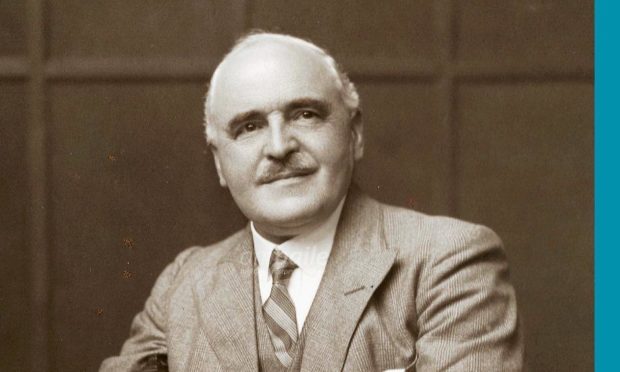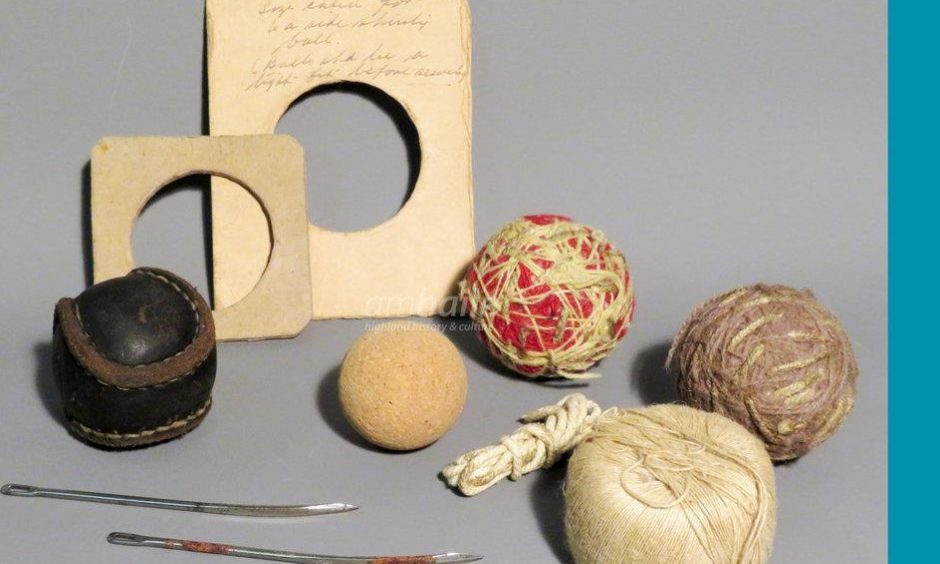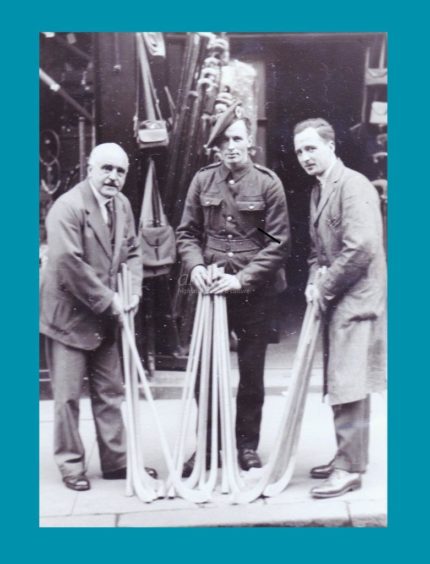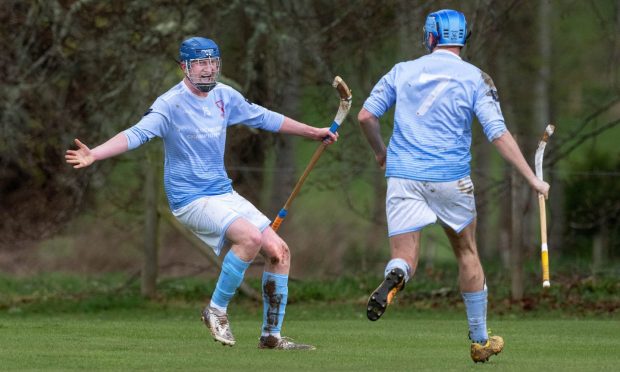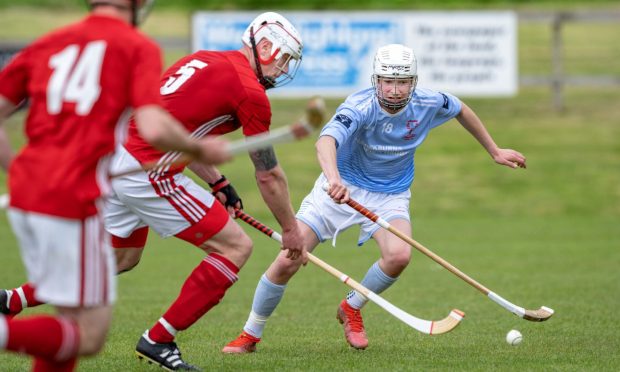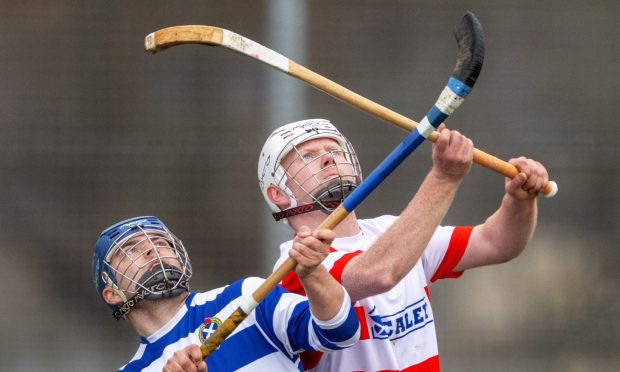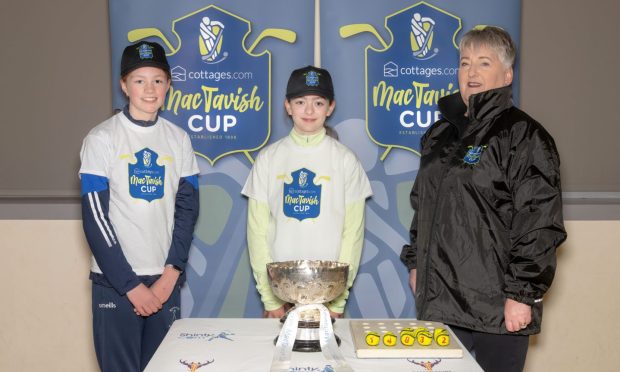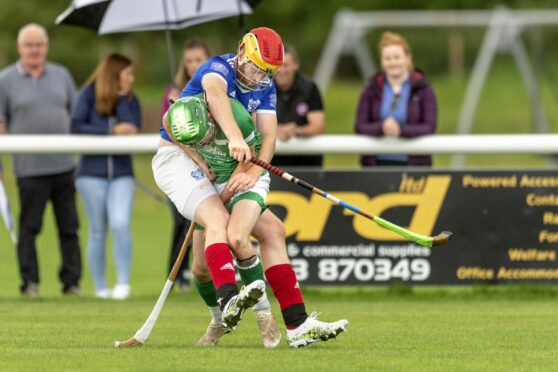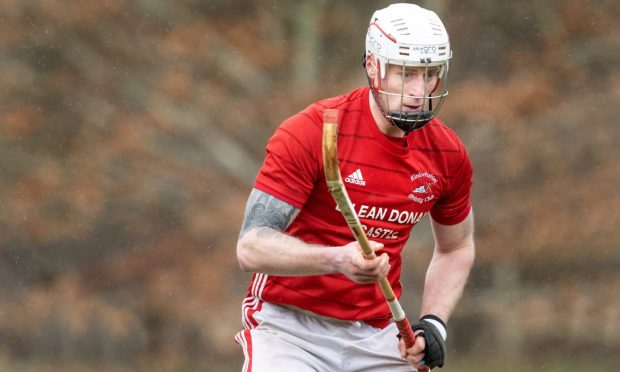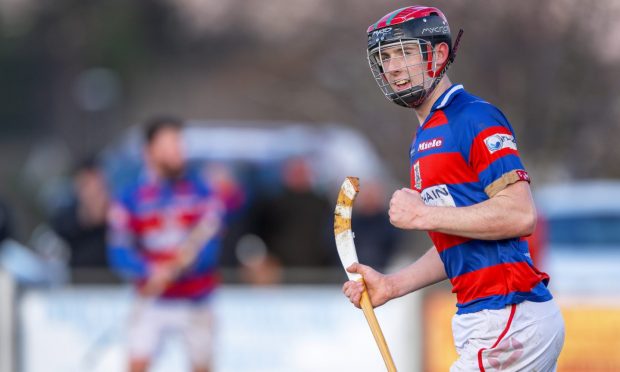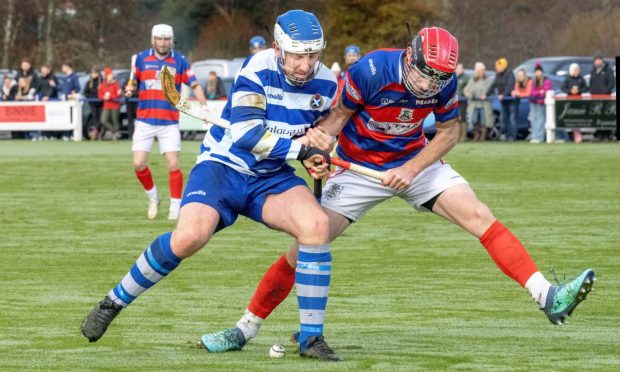To Highlanders of a certain age, particularly those who grew up playing shinty, the Macpherson sports store in Inverness was an institution which held a certain allure.
For 90 years the family sports emporium was a familiar sight for shoppers and generations of sporting enthusiasts before it closed its doors in 1976.
John Macpherson also played a crucial role in the development of shinty equipment and his name is still revered in the sport more than 120 years after he started in the business.
A new online exhibition on High Life Highland’s Am Baile digital archive website tells the story of Macpherson’s remarkable achievements and his place in the history of the game.
Born and raised in Newtonmore, John moved to Inverness aged 18, to take over his uncle’s shop on Drummond Street, Inverness. John Macpherson Sporting Stores started in 1887 as a fishing tackle maker but soon expanded into a sporting emporium and taxidermist.
In 1900 he moved the shop to 24 Church Street and later, as the business grew, to Inglis Street. After his death in 1948, the business was run by John’s sons Allan and Hamish, until it closed in 1976 when they both retired.
John Macpherson was a keen shinty player as a young man, turning out for Inverness in 1910. In the early 20th century he realised there was a need for a consistent supply of high quality camans, or shinty sticks, and became the first commercial manufacturer of camans and balls.
He also produced light, well-constructed hickory camans, a first for the game when most were homemade from native-grown ash, rowan or birch. In addition, he started the tradition of silver mounted camans.
At the height of the business, John employed three caman makers in the shop to meet the demand.
Camans were sent out to troops in both the First and Second World Wars as shinty was a way for the men to relax and to find relief from the horrors of war.
In November 1915, the 5th Camerons started a shinty club and wrote to John Macpherson requesting that camans and balls were sent to them. The following year, the 1/4th Camerons did the same.
The exhibition includes a letter from troops expressing thanks for the equipment, saying they had enjoyed “some keenly contested games” and that “we can assure you that no moments of our spare time are more enjoyable than those we are able to devote to the good old Highland pastime”.
Shinty was also played by soldiers captured during the war and held in prisoner of war camps, most famously in Stalag IXc.
Shinty historian Dr Hugh Dan MacLennan said: “It’s a remarkable story and well presented in the exhibition.”
He added; “One of the great thrills of being a young shinty player in the 1960s was to be invited upstairs to the Macpherson shinty display in the Inglis Street shop.
“Up the stair, past all the stuffed animals, into this paradise where there was a row of brand new sticks as far as you could see and Mr Macpherson (probably Allan at the time) said ‘which position do you play and which one would you like?’
“The Macpherson Sporting Stores story is one of the great hidden parts of Inverness history, now unknown by a modern generation who never saw the shop and its spectacular frontage.
“For over 100 years the family was involved with shinty from the earliest days of the organised sport, the introduction of silver mounted camans, through the development of the patented Roberts ball of the 1920s to being the main, official supplier of camans and balls for the best part of the 20th century.”
